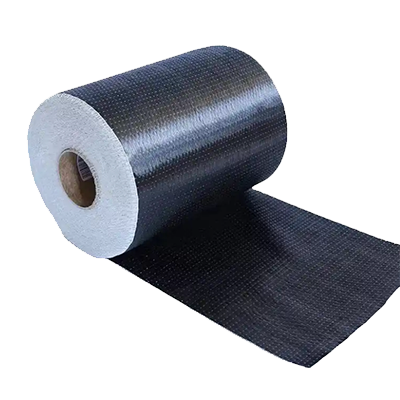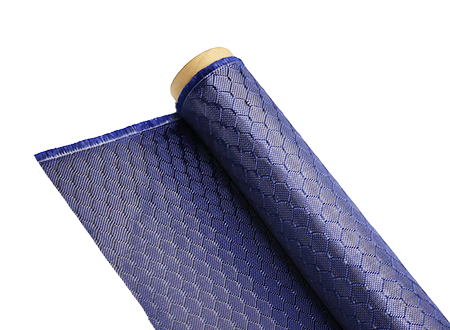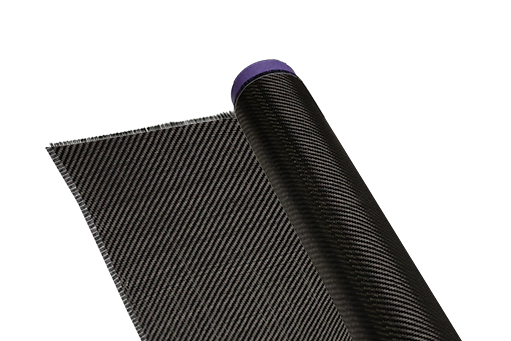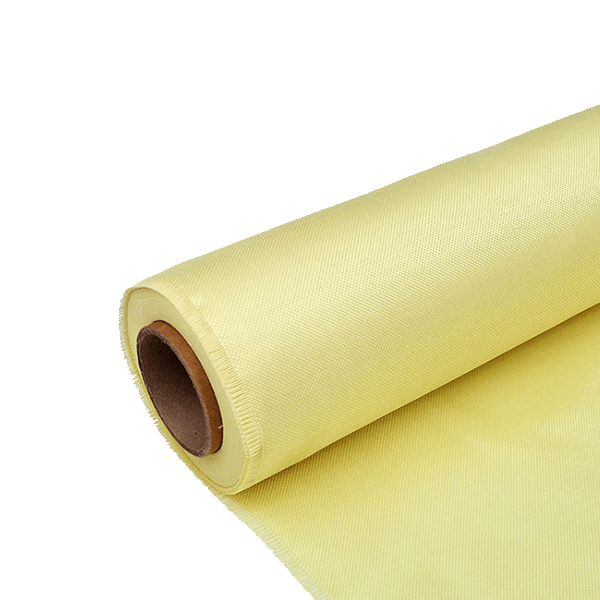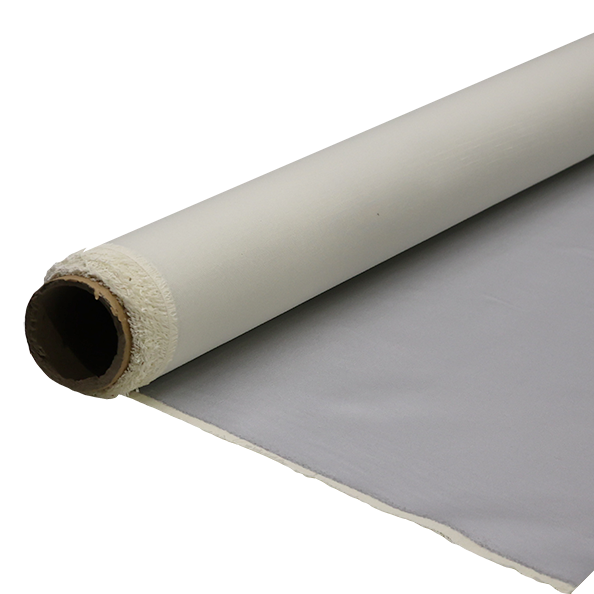What Dyeing Techniques Are Used for Blue Carbon Fiber?
-
Table of Contents
“Transforming Blue Carbon Fiber: Mastering Dyeing Techniques for Vibrant Depth and Durability.”
Introduction
Blue carbon fiber is a popular material known for its lightweight and high-strength properties, often used in various applications from automotive to aerospace. To achieve its distinctive blue color, several dyeing techniques can be employed. These techniques include solution dyeing, where pigments are added to the resin before the fiber is formed, and surface dyeing, which involves applying dyes to the finished carbon fiber fabric. Other methods may include heat transfer printing and the use of specialized coatings that enhance color while maintaining the material’s structural integrity. Each technique offers unique advantages in terms of color vibrancy, durability, and application suitability.
Natural Dyeing Techniques for Blue Carbon Fiber
Natural dyeing techniques for blue carbon fiber represent a fascinating intersection of traditional craftsmanship and modern material science. As the demand for sustainable and eco-friendly products continues to rise, the exploration of natural dyes has gained significant traction in various industries, including textiles and composites. Carbon fiber, known for its exceptional strength-to-weight ratio and versatility, is increasingly being combined with natural dyeing methods to create visually appealing and environmentally responsible products.
One of the primary natural dyeing techniques involves the use of plant-based dyes, which are derived from various parts of plants, including leaves, roots, and flowers. For blue hues, indigo is one of the most prominent natural dyes utilized in the industry. This ancient dye, extracted from the leaves of the indigo plant, has been used for centuries to produce vibrant blue shades. The process of dyeing carbon fiber with indigo requires careful preparation, as the fibers must first be treated to ensure proper adhesion of the dye. This often involves pre-mordanting the fibers with natural substances such as alum or tannin, which help to fix the dye to the material.
In addition to indigo, other natural sources can yield blue shades, albeit less commonly. For instance, woad, another plant historically used for blue dyeing, can also be employed in the dyeing process. The extraction of dye from woad involves a fermentation process that releases the pigment, which can then be applied to the carbon fiber. This method not only provides a unique color but also connects the final product to a rich history of natural dyeing practices.
Transitioning from plant-based dyes, another avenue worth exploring is the use of natural mineral dyes. These dyes, derived from earth minerals, can produce a range of colors, including various shades of blue. The application of mineral dyes to carbon fiber requires a different approach, as the dyeing process often involves heat and chemical reactions to achieve the desired color. While less common than plant-based dyes, mineral dyes offer an alternative for those seeking unique and vibrant hues.
Moreover, the dyeing process itself can be tailored to achieve different effects on carbon fiber. Techniques such as tie-dyeing or shibori can be adapted to create intricate patterns and textures. These methods involve folding, twisting, or binding the fibers before dyeing, resulting in visually striking designs that enhance the aesthetic appeal of the final product. Such techniques not only showcase the versatility of natural dyes but also allow for a level of customization that is highly sought after in today’s market.
As the industry continues to evolve, the integration of natural dyeing techniques with carbon fiber production presents both challenges and opportunities. The need for consistency in color and quality can be a hurdle, as natural dyes often exhibit variability based on factors such as plant source and environmental conditions. However, ongoing research and innovation in this field are paving the way for more reliable methods of natural dye application.
In conclusion, the exploration of natural dyeing techniques for blue carbon fiber highlights a growing trend towards sustainability and artistry in material design. By harnessing the beauty of natural dyes, manufacturers can create products that not only meet performance standards but also resonate with environmentally conscious consumers. As this practice continues to develop, it promises to enrich the landscape of carbon fiber applications, merging tradition with modernity in a compelling way.
Synthetic Dyeing Methods for Achieving Blue Carbon Fiber

The process of dyeing carbon fiber to achieve a blue hue involves a variety of synthetic dyeing methods, each tailored to enhance the material’s aesthetic appeal while maintaining its structural integrity. Carbon fiber, known for its exceptional strength-to-weight ratio and rigidity, is often utilized in high-performance applications, including aerospace, automotive, and sporting goods. However, its natural appearance is typically a dark, muted gray, which may not meet the aesthetic demands of certain applications. Consequently, the development of effective dyeing techniques has become essential for manufacturers seeking to offer visually appealing products.
One of the most common synthetic dyeing methods employed for carbon fiber is the use of disperse dyes. These dyes are particularly effective for synthetic fibers, as they can penetrate the polymer matrix of the carbon fiber during the dyeing process. Disperse dyes are typically applied in a high-temperature dye bath, where the heat allows the dye molecules to diffuse into the fiber. This method not only ensures a vibrant blue color but also promotes good colorfastness, which is crucial for products exposed to environmental factors such as sunlight and moisture. The ability of disperse dyes to bond with the polymer structure of carbon fiber makes them a preferred choice for achieving a durable and long-lasting finish.
In addition to disperse dyes, another technique that has gained traction in the dyeing of carbon fiber is the use of reactive dyes. These dyes form covalent bonds with the fiber, resulting in a more permanent coloration. Reactive dyeing typically involves a two-step process: first, the carbon fiber is treated with a chemical agent that prepares the surface for dye uptake, followed by the application of the dye itself. This method can yield a wide range of shades, including various tones of blue, and is particularly advantageous for achieving deep, rich colors. However, it is essential to carefully control the dyeing conditions, such as pH and temperature, to ensure optimal results and prevent any adverse effects on the fiber’s mechanical properties.
Moreover, the advent of advanced dyeing technologies, such as supercritical carbon dioxide dyeing, has introduced innovative approaches to achieving blue carbon fiber. This method utilizes supercritical CO2 as a solvent, allowing for the dye to be delivered in a more environmentally friendly manner. The supercritical state of CO2 enables it to penetrate the fiber structure effectively, facilitating the dyeing process without the need for large quantities of water or harmful chemicals. This technique not only minimizes environmental impact but also enhances the efficiency of the dyeing process, making it an attractive option for manufacturers aiming to produce sustainable products.
Furthermore, the integration of nanotechnology in dyeing processes has opened new avenues for achieving vibrant colors in carbon fiber. By incorporating nanoparticles that possess color properties, manufacturers can create composite materials that exhibit unique visual effects. This approach not only allows for the customization of color but also enhances the overall performance characteristics of the carbon fiber, such as UV resistance and thermal stability.
In conclusion, the synthetic dyeing methods employed to achieve blue carbon fiber encompass a range of techniques, including the use of disperse and reactive dyes, as well as innovative approaches like supercritical CO2 dyeing and nanotechnology. Each method offers distinct advantages, allowing manufacturers to produce visually appealing and high-performance carbon fiber products. As the demand for aesthetically pleasing materials continues to grow, the evolution of dyeing techniques will undoubtedly play a pivotal role in shaping the future of carbon fiber applications.
Comparison of Dyeing Techniques for Blue Carbon Fiber Applications
The dyeing of carbon fiber, particularly in the context of blue carbon fiber applications, involves a variety of techniques that can significantly influence the final appearance and performance of the material. As industries increasingly seek to enhance the aesthetic appeal of carbon fiber components, understanding the comparative advantages and limitations of different dyeing methods becomes essential. Among the most commonly employed techniques are solution dyeing, surface dyeing, and the use of pigments, each offering unique benefits and challenges.
Solution dyeing, also known as mass pigmentation, is a process where colorants are added to the polymer solution before the fiber is extruded. This technique ensures that the color is integrated throughout the entire fiber, resulting in a uniform hue that is resistant to fading and wear. The primary advantage of solution dyeing lies in its ability to produce vibrant and consistent colors, including various shades of blue. Furthermore, because the dye is embedded within the fiber, the resulting material exhibits enhanced durability and resistance to environmental factors, making it particularly suitable for applications in automotive and aerospace industries where performance is paramount.
In contrast, surface dyeing involves applying dye to the exterior of the carbon fiber after it has been manufactured. This method can be achieved through techniques such as dip dyeing, spray dyeing, or pad dyeing. While surface dyeing allows for greater flexibility in achieving specific shades and patterns, it often results in a less durable finish compared to solution dyeing. The dye may wear off over time, especially in high-friction applications, which can be a significant drawback for products that require longevity and resilience. However, surface dyeing can be advantageous for creating visually striking designs or for applications where aesthetic appeal is prioritized over durability.
Another technique worth considering is the use of pigments, which can be mixed with a resin during the composite manufacturing process. This method allows for the creation of blue carbon fiber composites that maintain the structural integrity of the material while achieving the desired color. The incorporation of pigments can also enhance certain properties of the composite, such as UV resistance, which is particularly beneficial for outdoor applications. However, the challenge with pigment-based coloring lies in achieving a uniform distribution throughout the composite, as uneven mixing can lead to color inconsistencies.
Moreover, advancements in dyeing technology have led to the development of eco-friendly dyes and processes that minimize environmental impact. These innovations are increasingly important as industries strive to meet sustainability goals. Techniques such as digital printing are also gaining traction, allowing for intricate designs and patterns to be applied to carbon fiber surfaces without the need for extensive dyeing processes. This method not only reduces waste but also offers the potential for customization, catering to specific client needs.
In summary, the choice of dyeing technique for blue carbon fiber applications is influenced by various factors, including the desired aesthetic, durability requirements, and environmental considerations. Solution dyeing stands out for its long-lasting results and uniformity, while surface dyeing offers flexibility in design at the cost of durability. The use of pigments presents a middle ground, balancing color integration with composite performance. As technology continues to evolve, the exploration of new dyeing methods will likely enhance the versatility and appeal of blue carbon fiber in diverse applications, ultimately shaping the future of this innovative material.
Q&A
1. **What dyeing techniques are commonly used for blue carbon fiber?**
Common techniques include solution dyeing, where pigments are added to the resin before the carbon fibers are formed, and surface dyeing, which involves applying dye to the finished carbon fiber product.
2. **Can blue carbon fiber be dyed after production?**
Yes, blue carbon fiber can be dyed after production using methods such as heat transfer printing or spray dyeing, although these methods may not achieve the same level of color saturation as solution dyeing.
3. **What factors affect the dyeing process of carbon fiber?**
Factors include the type of resin used, the temperature and duration of the dyeing process, and the specific dye chemistry, which can influence the final color and durability of the dye on the carbon fiber.



